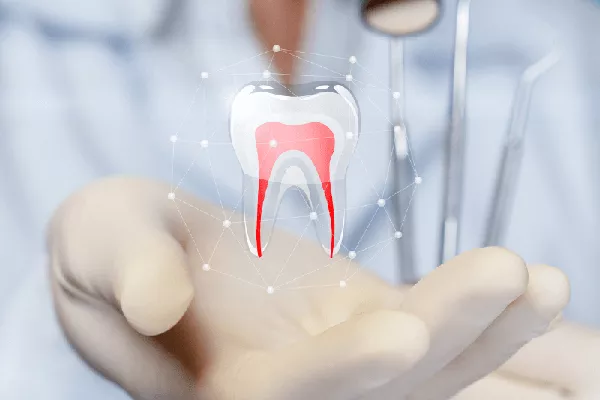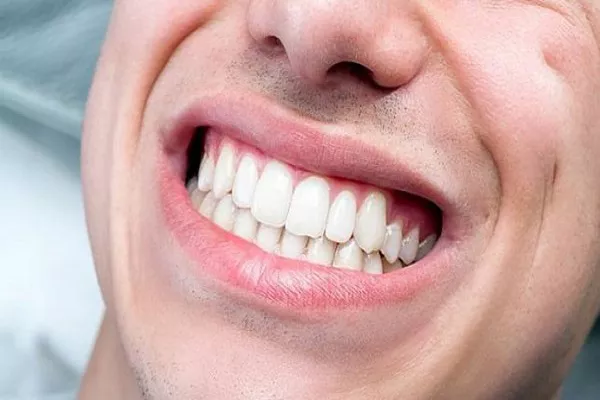Dental implants are a popular and effective solution for replacing missing teeth. However, the process of getting dental implants can take several months, as the implants need time to heal and integrate with the surrounding bone. In this article, we will discuss the timeline of dental implant healing, including the factors that can affect the healing process and the steps you can take to promote successful healing.
Understanding the Dental Implant Process
Before discussing the healing process, it is important to understand the dental implant process. This process involves the following steps:
- Consultation and Treatment Planning: Your dentist will examine your teeth and gums, take x-rays and scans, and discuss your treatment options. If dental implants are recommended, your dentist will create a treatment plan tailored to your specific needs.
- Tooth Extraction (If Needed): If the tooth that needs to be replaced is still present, it may need to be extracted before the dental implant can be placed.
- Implant Placement: Your dentist will surgically place the dental implant into your jawbone. This will serve as the artificial root for your replacement tooth.
- Healing and Integration: Over the next several months, the dental implant will fuse with your jawbone in a process called osseointegration.
- Abutment Placement: Once the implant has fused with the jawbone, your dentist will place an abutment on top of the implant. This will serve as the connection between the implant and the replacement tooth.
- Placement of the Replacement Tooth: After the abutment is placed, your dentist will attach the replacement tooth or teeth to the abutment.
Factors that Affect Dental Implant Healing
The healing process for dental implants can vary from person to person, and there are several factors that can affect how long it takes for the implant to heal and integrate with the jawbone. These factors include:
- Overall health: Patients who are in good overall health tend to heal faster than those who have underlying health conditions.
- Smoking: Smoking can interfere with the healing process and increase the risk of implant failure.
- Bone density: Patients with low bone density may require additional procedures, such as bone grafting, to improve the chances of successful implant healing.
- Oral hygiene: Good oral hygiene is essential for successful implant healing. Patients who do not take care of their implants may experience complications such as infection and implant failure.
- Implant location: Implants in the front of the mouth may heal faster than those in the back due to differences in bone density and blood supply.
The Timeline of Dental Implant Healing
The timeline of dental implant healing can vary, but generally, it takes several months for the implant to fully integrate with the jawbone. Here is a breakdown of the healing timeline:
- Week 1: Immediately after implant placement, you will be advised to rest and avoid strenuous physical activity. You may experience some swelling and discomfort, which can be managed with over-the-counter pain medication.
- Weeks 2-4: During this time, the implant will begin to fuse with the surrounding bone tissue in a process called osseointegration. You may still experience some discomfort, but it should begin to subside as the implant heals.
- Months 2-4: The implant should be fully integrated with the jawbone by this point. Your dentist may take x-rays to confirm that the implant has healed properly.
- Months 4-6: Once the implant has fully healed, your dentist will place the abutment and take impressions for the replacement tooth.
- Months 6-8: The replacement tooth or teeth will be fabricated and attached to the abutment.
Promoting Successful Dental Implant Healing
While the healing process for dental implants is largely out of your control, there are steps you can take to promote successful healing and reduce the risk of complications. Here are a few tips:
- Follow your dentist’s post-operative instructions: Your dentist will provide detailed instructions for caring for your implant after surgery. Be sure to follow these instructions carefully to reduce the risk of infection and other complications.
- Maintain good oral hygiene: Brush your teeth twice a day, floss daily, and use an antibacterial mouthwash to keep your mouth clean and healthy. Pay special attention to the area around the implant, making sure to clean it thoroughly but gently.
- Avoid smoking: If you smoke, quit as soon as possible. Smoking can interfere with the healing process and increase the risk of implant failure.
- Eat a healthy diet: A diet rich in nutrients, particularly calcium and vitamin D, can help promote bone health and improve the chances of successful implant healing.
- Attend follow-up appointments: Your dentist will schedule follow-up appointments to monitor the progress of your implant healing. Attend these appointments as scheduled and inform your dentist of any concerns or symptoms you experience.
Conclusion
Getting dental implants can be a lengthy process, but the end result is a strong and durable replacement tooth that can last for decades. Understanding the timeline of dental implant healing and the factors that can affect the healing process can help you prepare for the process and promote successful healing. By following your dentist’s instructions and taking good care of your implant, you can enjoy a healthy and functional smile for years to come.
Related Topics:






























